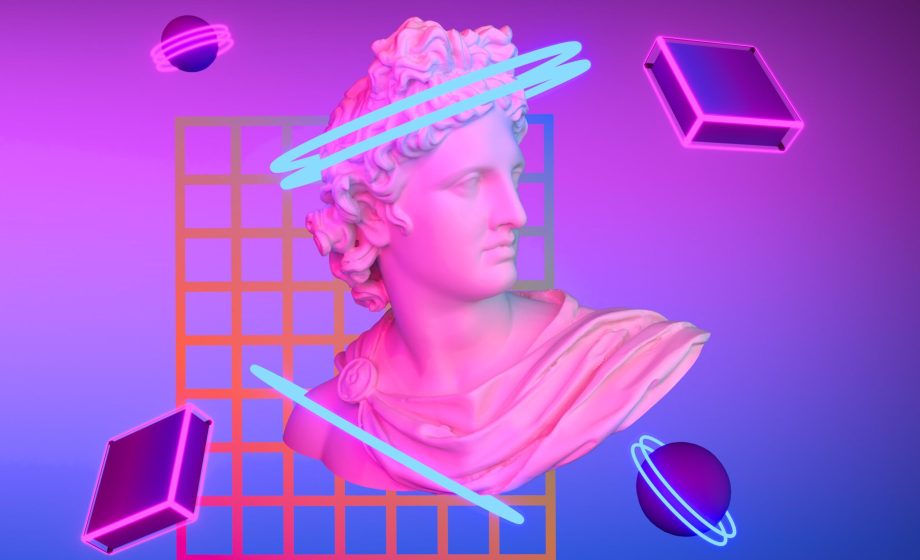Non-fungible tokens (NFT) have taken the digital world by storm, with everyone from artists to musicians to gamers getting in on the action. It seemed unfathomable many years ago that a GIF or a JPEG file would be regarded as a work of art, but today they are crypto financial assets with a market that will top 211 billion dollars in 2030. Non-fungible tokens (NFTs) are immutable digital assets that stand in for works of art, musical compositions, and other tangible artifacts that are stored on a blockchain.
But is this just a passing fad, or is NFT truly the future of digital ownership? In this opinion piece, I’ll be exploring the potential of NFTs, examining their current use cases, and discussing whether or not I believe they have a sustainable future. Whether you’re a skeptic or a true believer, this is a topic that’s worth considering. So, let’s dive in and see what the future holds for NFTs.
The many transcending benefits of NFTs
Because of the NFT market’s strength and continuing expansion, NFT users and transactions are expanding. Along with usernames and wallet addresses, non-fungible tokens are developing into the fundamental kind of asset in the metaverse. NFTs are already being used by The Sandbox’s metaverse project to depict virtual places, furniture, and a variety of other things.
The NFT collection, which is based on community, culture, and utility, is a great example of how innovation takes place. NFTs offer a lot of promise, enabling investors to deliberately create plans to guarantee the proper returns. More interesting tools are being created by NFT developers – for instance, some entertainment and travel businesses offer tickets via NFTs.
NFTs have made it possible for artists to sell digital originals directly to the public and have a significant impact on digital ownership, online communities, tradeable game assets, and metaverse asset ownership. In online communities, events, the acquisition of video game assets, and the creation of digital identities and assets, NFTs will play an important role.
Skepticism…
Some industry professionals are still pessimistic about the future of NFT and think that any bubble, including the cryptocurrency one, will eventually pop. In the current frenzy, JPEGs have sold for millions of dollars, making artists and new investors rich. However, unlike physical artworks, it is still simple for others to make convincing copies, which could reduce their value in the future because it is much simpler to duplicate a digital photo. Fortunately, several signs indicate away from this possibility, and despite what the naysayers claim, NFT is expanding.
Want to create the next Sandbox and don’t know how?
As NFTs have become more well-known, NFT marketing has gained traction as a lucrative investment strategy. Users can be attracted in big numbers through marketing strategies, including email marketing, advertising, audience analysis, content marketing, social media marketing, and others. The platform receives widespread support from these marketing strategies, which boosts revenue creation and expands the user base. Therefore, investment in NFT marketing can result in significant future returns.
Image by Freepik

